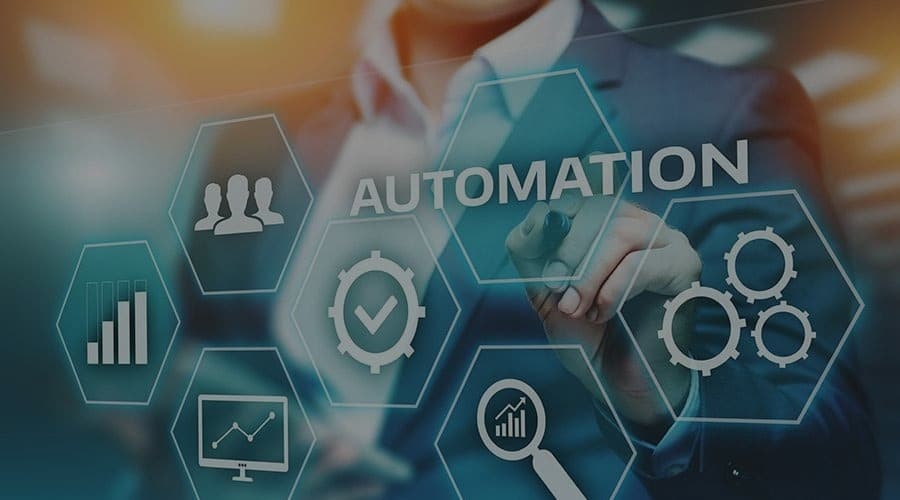Retail hasn’t been the same in recent years. The rise of eCommerce behemoths like Amazon is forcing grocery retailers to adopt agile and competitive business models. Businesses, hence, have no choice but to embrace automation.
As a result, many supermarkets and grocery stores are now implementing automated systems to streamline their operations and increase efficiency. One of the most ambitious goals in this arena is to build a fully automated supermarket. A store where all back-end and front-end operations are handled automatically.
Focusing on technology-driven customer experience initiatives is great. But what about automating back-office processes? When we talk about automation, this doesn’t always imply robotic automation. In most cases, it refers to using software to replace manual and labor-intense tasks, ensuring sure that all related operations are integrated into one unified system.
Automation on the customer experience side of the business is not enough
In retail, several processes can be automated to simplify and streamline operations. These include inventory management, supply change management, budgeting, and profitability analysis. These back-end operations have the potential to improve process efficiencies, reduce costs and boost the financial health of the business.
Grocery retailers also need to adopt best practices for demand-driven planning for assortments and effective category management to keep up with the changing customer demands on the front end.
To stay ahead of the curve and survive in the evolving retail industry, grocers must accelerate their digital transformation by investing in the right technologies. By opting for a digital-first approach, grocers can digitize and integrate their back-end operations, bridge any potential productivity and financial gaps, and drive growth for their business.
In the end, seamless back-end operations also contribute toward delivering frictionless front-end customer experiences.
Building a fully automated supermarket: Exploring the operational side
Not sure which business operations you should automate first? It can be overwhelming to decide, and we are here to help. Automation at the back-end starts with embracing end-to-end supply chain automation. These include automating supply chain management procedures such as warehouse management, inventory management, stock procurement and replenishment, and even some financial operations tasks.
Without further ado, let’s look into some practical ways grocery retail businesses can automate these operations. Brace yourself to start your journey as a fully automated supermarket.












